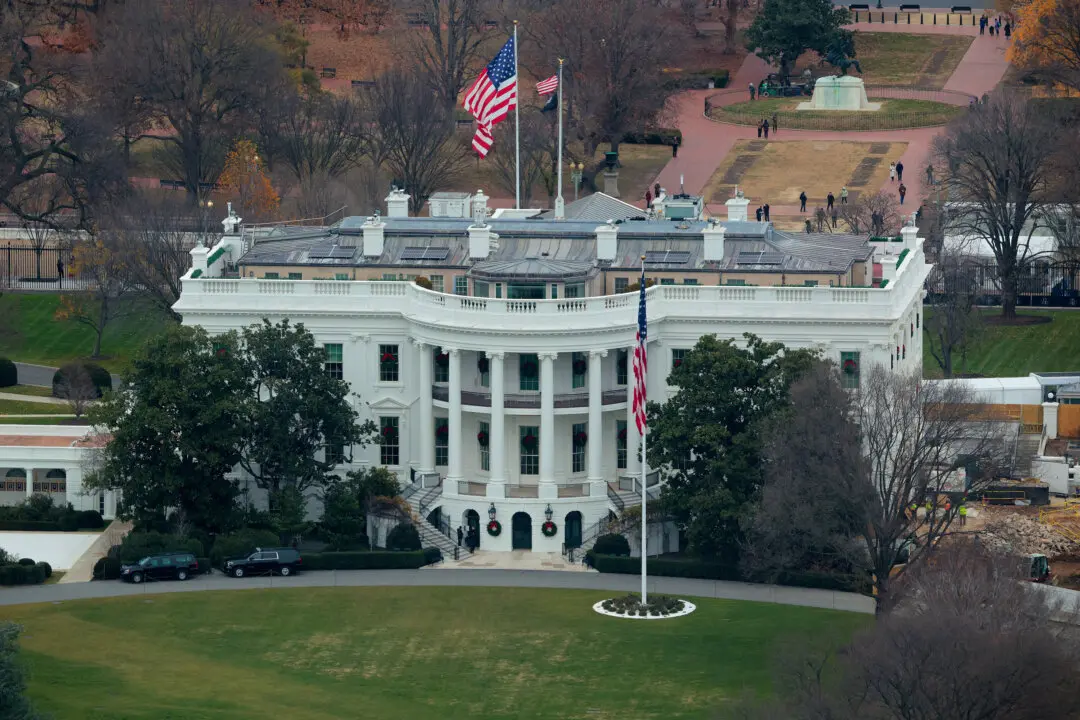ROME—Italy is considering locking down its wealthiest and most populous region, which includes the financial capital Milan, as part of tough new measures being discussed Saturday to try to contain the coronavirus outbreak.
The new rules include telling people not to enter or leave Lombardy, which is home to some 10 million people, as well as 11 provinces in four of Italy’s 19 other regions, according to a draft decree seen by Reuters.





